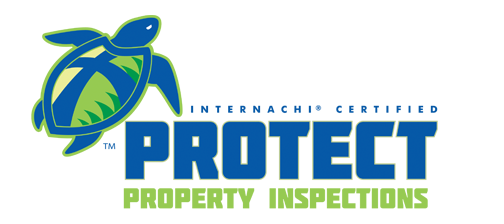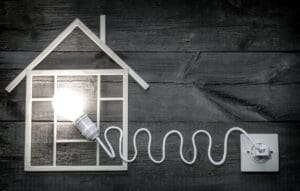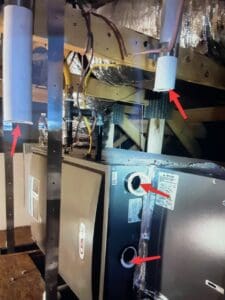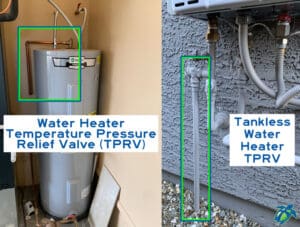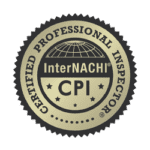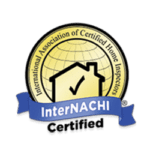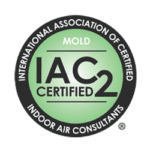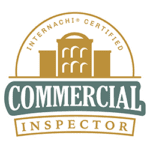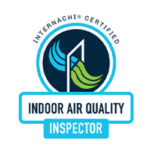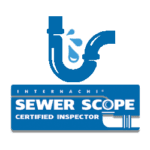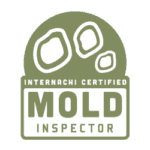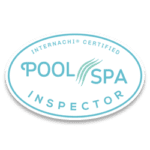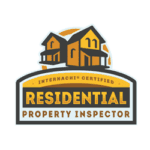Understanding Mold Growth, Remediation, and Health Risks
Even the brief mention of this dreaded word can bring a lasting feeling of uneasiness – so we wanted to provide some insight into what you can do if someone finds Microbial Growth – aka: Mold.
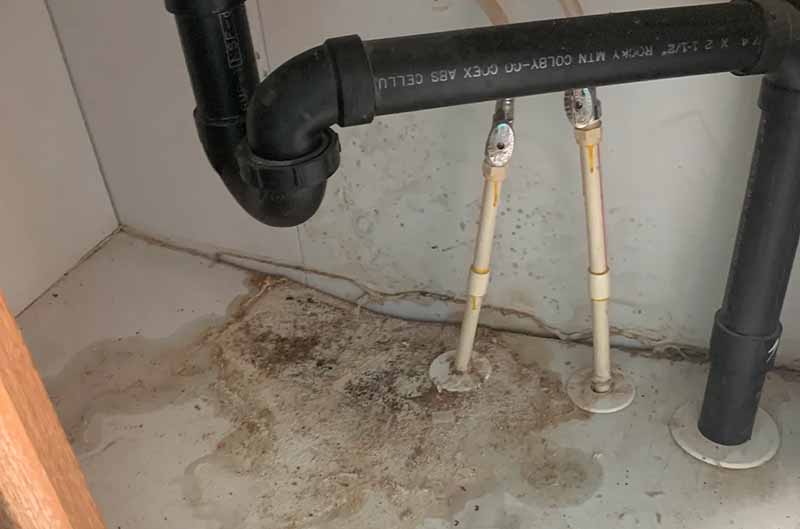
Mold growth within homes raises significant concerns due to potential health implications and structural damage it may cause. When left unaddressed, mold can rapidly infiltrate various surfaces, posing risks to residents. Mold can grow and spread in as little as 24 to 48 hours. It’s crucial to promptly address any mold problems. One common question among homeowners is whether mold dies when it dries out. In this blog, we will explore the factors contributing to mold growth, its resilience, and the health risks associated with dry mold.
What Leads to Mold Growth? Mold, a type of fungus, thrives on moisture and organic materials such as wood, building components, and fabric. When these materials are exposed to humid, damp conditions, mold can swiftly proliferate. Spills and unresolved leaks can create ideal breeding grounds for mold. Different indoor mold types thrive at specific temperature and humidity ranges, typically favoring environments between 77 to 86 degrees Fahrenheit (25-30 degrees Celsius) with relative humidity levels exceeding 70%. Problematic areas often include basements, attics, crawlspaces, bathrooms, and kitchens lacking proper ventilation.
Does Mold Perish Without Moisture? Mold relies on moisture to grow, yet it does not necessarily die in its absence. Mold exhibits remarkable resilience and can enter a dormant state under unfavorable conditions, suspending its growth and metabolic activities. Reintroducing moisture, as in the case of a water leak or increased humidity, can reactivate dormant mold spores, initiating their growth and colonization once more. Drying out a mold-infested area is merely a temporary solution; addressing the underlying issue is imperative. Seeking professional mold inspectors to identify the problem’s extent and location and create an effective remediation plan is highly recommended.
Are Dry Mold Spores Harmful? Even in a dormant or seemingly inactive state, dry mold can pose health risks when it releases mold spores into the air. Inhaling or coming into contact with these spores can lead to various health issues, including asthma, coughing, eye and skin irritation, sneezing, sore throat, stuffy nose, and wheezing. Vulnerable groups, such as individuals with weakened immune systems and children, face higher risks. Children residing in mold-infested homes are 30 to 50 times more likely to develop asthma. Even healthy adults can experience adverse effects, including depression, anxiety, and memory loss.
What to Do About Dry Mold? If you suspect the presence of dry mold in your home, it’s crucial to schedule a professional mold inspection. Despite its appearance of dormancy, dry mold can still pose health risks and signal underlying moisture issues. A professional inspection will provide a comprehensive evaluation of the situation and determine the appropriate course of action. A key advantage of professional inspections is the ability to uncover concealed moisture sources contributing to mold growth. Even when mold appears dry, moisture can be trapped within walls, ceilings, or other hidden areas. Additionally, mold inspections can detect active or dormant mold growth that may not be immediately visible. Mold spores can settle in hard-to-reach areas, requiring specialized equipment and techniques for identification. Relying on professional services ensures effective mold issue resolution, reducing health risks and preventing further property damage.
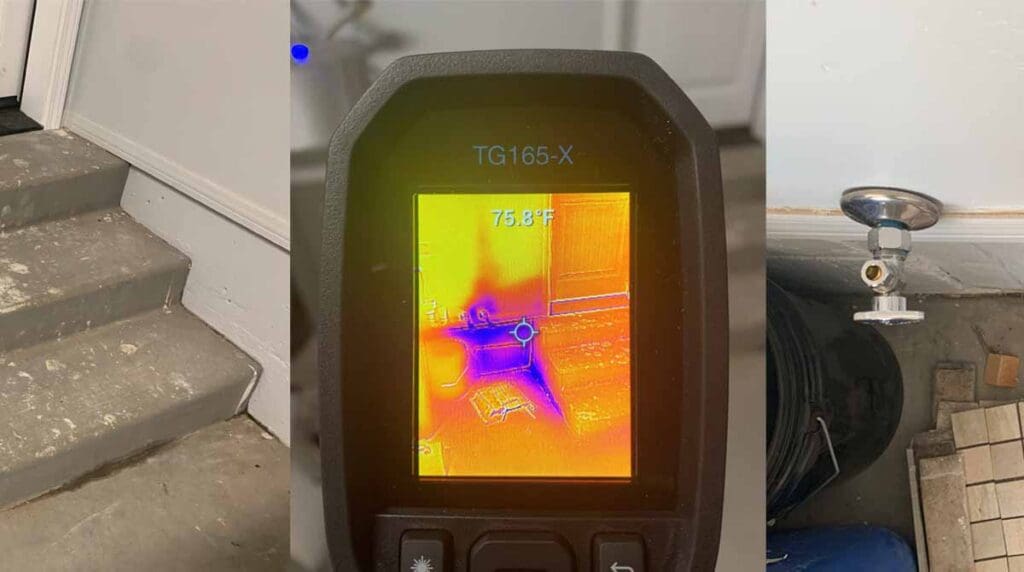
FAQs About Dry Mold
1. How Can I Identify Dry Mold? Dry mold typically appears as a powdery substance on surfaces, with various colors like white, gray, brown, or black. It may lose its slimy or fuzzy texture, appearing crumbly and dry.
2. What Causes Dry Mold? Dry mold can develop when previously moist environments become dry due to fixed water leaks, reduced humidity levels, or improved ventilation.
3. Is Removal of Dry Mold Necessary? Yes, it’s crucial to remove dry mold, as its presence indicates past or ongoing moisture issues. Removing the mold is vital to prevent further spore release and potential health problems.
4. How Can I Remove Dry Mold? It’s recommended to hire a professional mold remediation specialist for safe removal, as DIY attempts can disturb spores and pose health risks.
5. Can Dry Mold Return After Removal? If the underlying moisture issue is not properly addressed, dry mold can potentially return. Mold requires a moisture source for growth. Professional mold services can identify and address the moisture source, reducing the risk of mold re-occurrence.
To recap, mold does not perish when it dries out; instead, it enters a dormant state and can reactivate when moisture returns. Simply drying out mold-affected areas does not fully resolve the problem. To ensure complete elimination of mold and maintain peace of mind, professional mold remediation is essential. This not only mitigates health risks but also prevents further property damage, potentially saving costs in the long run.

